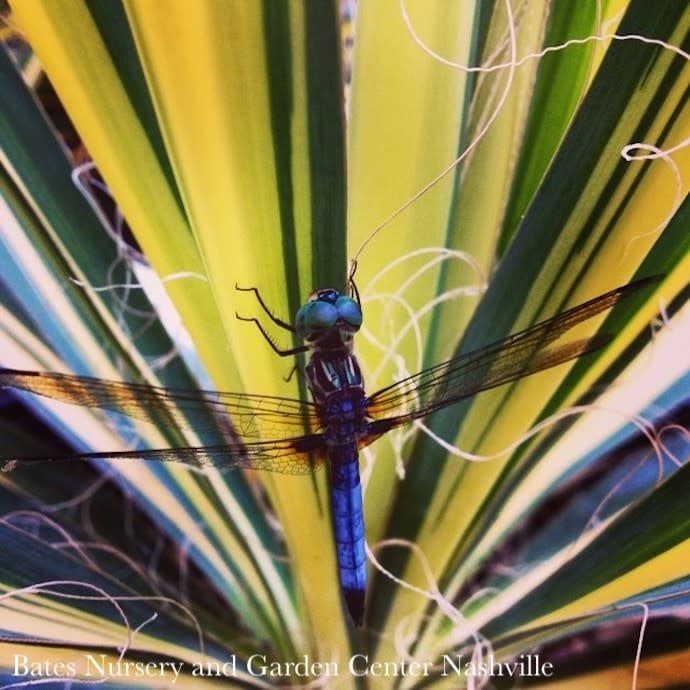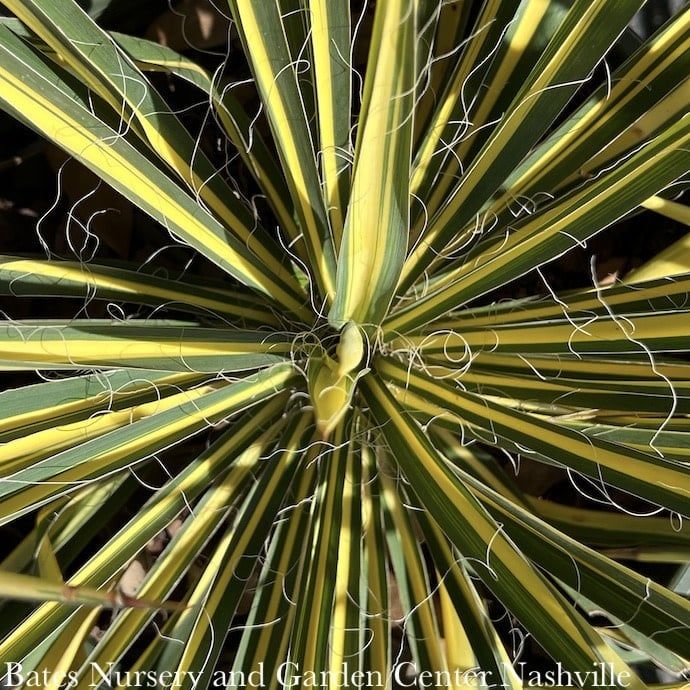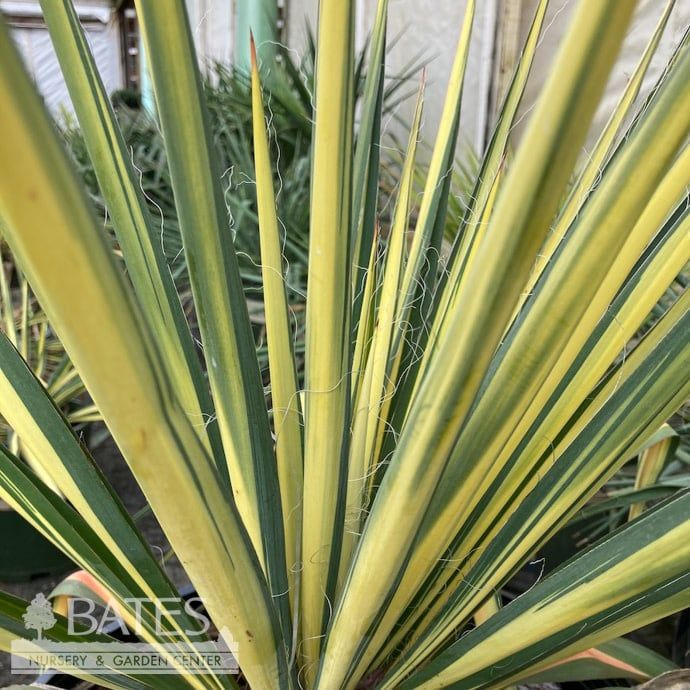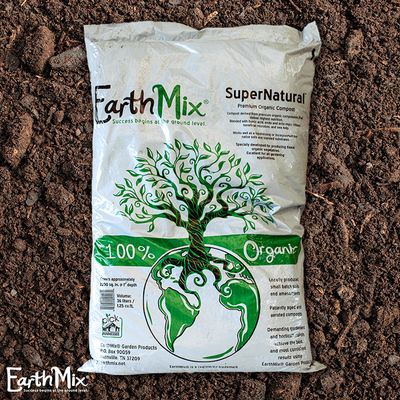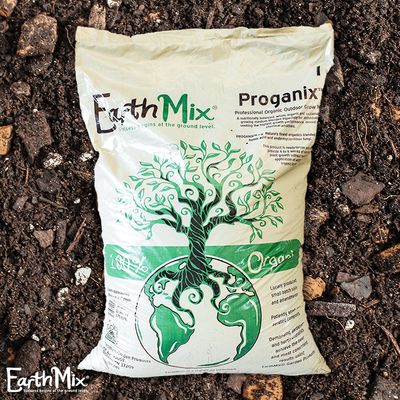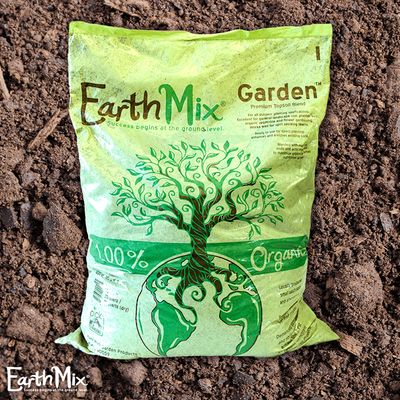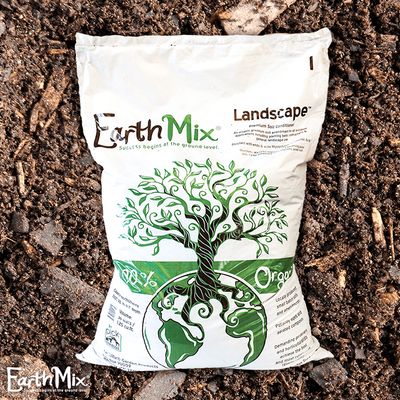#3 Yucca fil Color Guard/ Variegated Yellow Native (TN)
#3 Yucca fil Color Guard/ Variegated Yellow Native (TN)
SCIENTIFIC NAME: Yucca filamentosa 'Color Guard'
COMMON NAME: Color Guard Yucca, Adam's Needle
GARDEN SIZE: 2-3 ft. tall, 1.5-2 ft. wide; flower stalks 3-4 ft. tall
GROWTH RATE: Moderate
USDA ZONE: 4 to 10
EXPOSURE: Full Sun. May tolerated some shade.
WATER & SOIL: Yuccas thrive in well-drained soils—sandy, rocky, or even clay if drainage is good. Once established, they are highly drought-tolerant but can handle occasional watering in prolonged dry spells. Avoid waterlogged sites to prevent root rot.
HABIT (FORM): Upright, clumping rosette
FOLIAGE: Evergreen sword-like leaves, creamy-yellow centers with green edges; centers develop rose overtones in cooler months
FLOWERS: Bell-shaped creamy white flowers, 2-3 inches long, on sturdy stalks in early to midsummer
PLANT ORIGIN: Found in the eastern portion of the United States, including Tennessee
WILDLIFE SUPPORT: Host plant for local butterflies and moths, and food source for pollinators, birds, and small mammals. Supplies shelter and nesting sites.
FERTILIZING: Yuccas require little fertilization. Apply a light feeding of a balanced or low-nitrogen fertilizer in early spring if growth is slow or foliage looks pale. Over-fertilizing can cause weak, floppy leaves.
PRUNING: Very low-maintenance. Remove spent flower stalks and any dead or damaged leaves as needed, typically in late winter or early spring. Trunk-forming species may have dead leaves trimmed for a cleaner appearance.
TOXICITY: Generally considered mildy to moderately toxic to humans and pets. Some sources say that the blossoms are edible by humans.
USES: Excellent as architectural accents, borders, or container specimens. Ideal for xeriscaping, rock gardens, and pollinator-friendly landscapes, with striking blooms and bold evergreen foliage that provide year-round interest.
